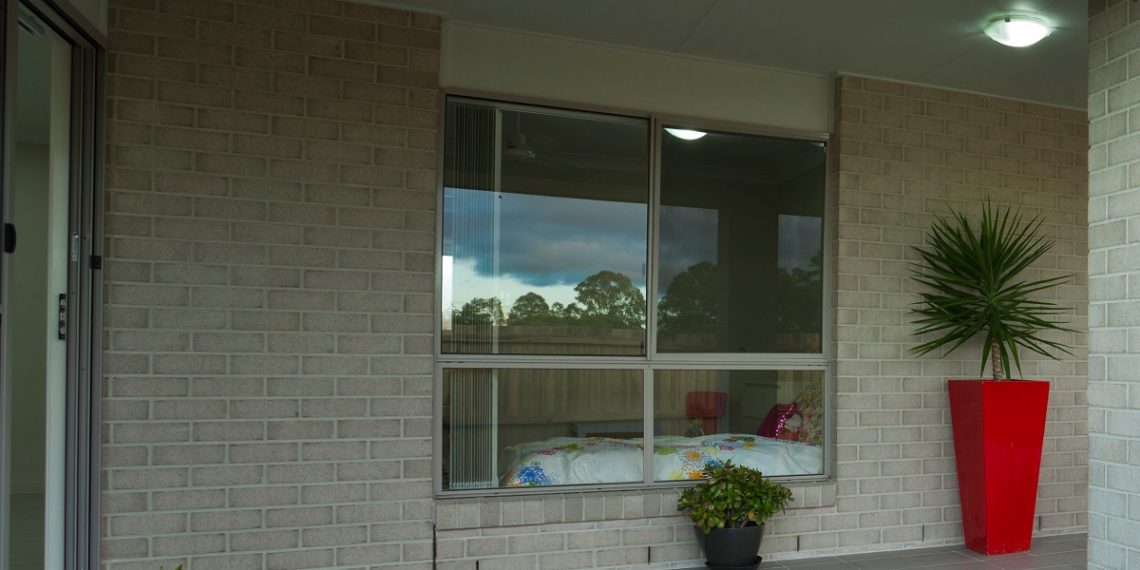In structuring a new house, you might see a considerable gap on your window panels from your outside wall. While this might seem normal to you, however, it needs to be renovated so it can protect your home from outside circumstances, especially with strong weather conditions… and somehow it needs filling.
Why do you need window infills?
Window infills provide an effective barrier in protecting your window interiors from hostile weather conditions. While there is a cavity from the entire wall and the window panel, you need to make sure that it is well covered to make your windows more secure and also more preventive of anything that can affect your interiors.
What are the Types of Window Infills?
Most homes in Australia have brick infills for their windows. While brick is more typical, there are other types of infills that can be as efficient as them but do not undermine the aesthetics you are vying for.
Brick Infills
This is most preferred by homeowners who have traditional designs for their homes. As most old houses have a brick design for the exterior, homeowners just opt for this type of infill to complement the design. Aside from the look, brick infills do not need to be high maintenance. As they are made from strong cement, they can last up to decades without even worrying about them getting tapered or affected by strong weather conditions. They can come cheap too!
Cement Sheets
Cement sheets are a built-in type of infills for your home. Most home developers may have them built on the structure of your wall, creating a gap that can still protect your windows. You can place them on the top or the bottom of your windows as panels, serving the purpose of creating a neat look for your window gaps. However, cement sheets, as easy as they are, can be not as efficient as other infills. As cement may season more over time, it can warp, thinning the infills and may cause inefficiency in protecting your windows. All the more, it may also come bland and not artistic at all.
Timber Panels
You may also opt for timber infills —- they are also cheap and can provide a natural and stylish panel to protect your windows. They are also great at insulation, making sure that temperatures from inside and outside your homes do not collide, and maintaining whatever temperature you want inside your homes. Yet, because it is all-natural, it shrinks or expands over time and may not appear strong. It can also be affected by water easily, forming holes and gaps on the panel, and worse, mould build-up. This would mean higher maintenance for the infills.
Vinyl Cladding
Vinyl is a hard-wearing material that can stand the test of time. It’s also very lightweight, which means it is easy to install. More and more homeowners in Australia opt for this kind of infill, as it does not need much effort on installation wherein it can save costs too. It can also appear elegant, giving you more aesthetics and control over what colour to paint it.
Window infills play an important part in the insulation of your home more than the aesthetics. It protects your home from wetter conditions too, taking part in preventing water from coming directly to your windows and getting inside your homes. Window infills can be made from varying materials, filling the gap between the structural gap from the top of the window and the bottom of the roof.


